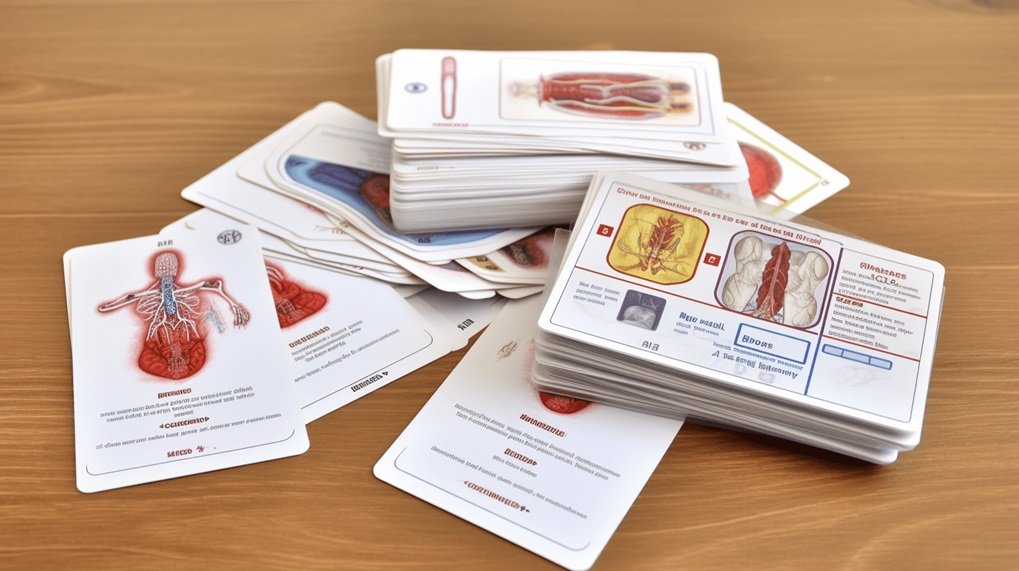Home Bicycle Care: Essential Tips for Effective Bike Maintenance

Cycling maintenance is often underestimated yet it’s crucial for keeping your cycle in optimal condition. While initially daunting, acquiring essential cycle maintenance skills proves invaluable. By understanding your cycle’s workings, mastering basic adjustments and repairs, and recognising when components need servicing or replacement, you’ll enhance your overall cycling experience.
Although periodic professional servicing at your local cycle shop is recommended, regular care and attention on your part contribute significantly to maintaining smooth bike performance. Invest time learning these maintenance tips to ensure your bike stays in top-notch condition.
In this post, we’ll outline essential cycle maintenance tips tailored for those with minimal or no experience in bike repairs. Furthermore, we’ll cover the necessary tools to help you keep your cycle running seamlessly.
Ensure You Have the Right Set of Tools
Equipping yourself with the right tools is the initial stride in your bicycle maintenance journey.
While basic cycle maintenance can be accomplished with everyday tools like hex keys, some tasks necessitate specialised tools, which offer efficiency and precision when working on a bike.
Investing in higher-quality tools is advisable to make maintenance nearly painless and minimise the risk of rounding a bolt. Here’s a beginner’s toolkit:
- Bike pump (both a track pump for home use and a mini-pump for on-the-go punctures)
- A set of good-quality hex keys (include torx keys if applicable)
- Torque wrench (especially crucial for bikes with carbon components, but recommended for all bikes)
- Shock pump (essential for mountain bikes with adjustable air fork or shock)
- Puncture repair kit
- Multi-tool
- Tyre levers
- Chain checker
- Chain breaker tool
Perform an M-Check
The M-check is a essential bicycle safety inspection encompassing the bike’s primary components counting tires wheels drivetrain situate wrenches and cockpit.
This check is particularly valuable if the bike hasn’t been ridden for a while or when purchasing a used bike. It is a quick assessment of major mechanical issues. Named after the shape of an M, the check is efficient and takes only a couple of minutes. Performing this check before every ride is advisable to ensure your bike’s safety and functionality.
Check Your Tyre Pressure
Proper tyre pressure is crucial, and riding with under or over-inflated tyres is a common maintenance mistake.
Incorrect tyre pressure can significantly impact your riding experience. Excessive pressure may transmit every road and trail vibration, while insufficient pressure increases the risk of punctures and makes your bike feel sluggish, compromising its handling.
A wise practice is to check your tyre pressure before each ride and use a quality bike pump to keep them optimally inflated.
Keep Your Bike Clean
Regular bike cleaning is essential to maintaining smooth operation, reducing component wear, and avoiding premature replacements. Muck, grit, and salt from roads and trails can deteriorate drivetrain components, emphasising the importance of proper maintenance.
Recommendations:
- Clean your bike at least once a week in summer and after every winter ride.
- Begin by wetting the bike with a bucket, sponge, or hose pipe (avoid pressure washers to protect bearings).
- Initiate the cleaning process by applying a specialised degreaser to the chain, allowing it to break down grime effectively for three to five minutes.
- While waiting, use a dedicated bike cleaner to clean the rest of the bike before returning to address the chain.
- After cleaning, dry the bike thoroughly and apply chain lube to ensure the chain operates smoothly.
Following these cleaning steps will rejuvenate your cycle, making it a brand-new cycle.
Learn How to Adjust Your Brakes
Proper bike brake setup is crucial, as they play a critical role and can cause various issues if not configured correctly.
For rim brakes, monitor pad life and replace them before they wear out. Regularly check the brake cable for fraying and ensure it maintains sufficient tension—the brake lever shouldn’t pull back to the handlebar.
If you have a disc cycle, consistently inspect the brake pads to ensure an ample lifespan. Utilise specific disc brake cleaners to prevent contamination and minimise squealing noises. Regular maintenance in these areas ensures optimal brake performance.
Wrapping Up
Incorporating these easy maintenance tips into your routine will keep your cycle running smoothly, safely, and efficiently for kilometres. Happy wrenching!












